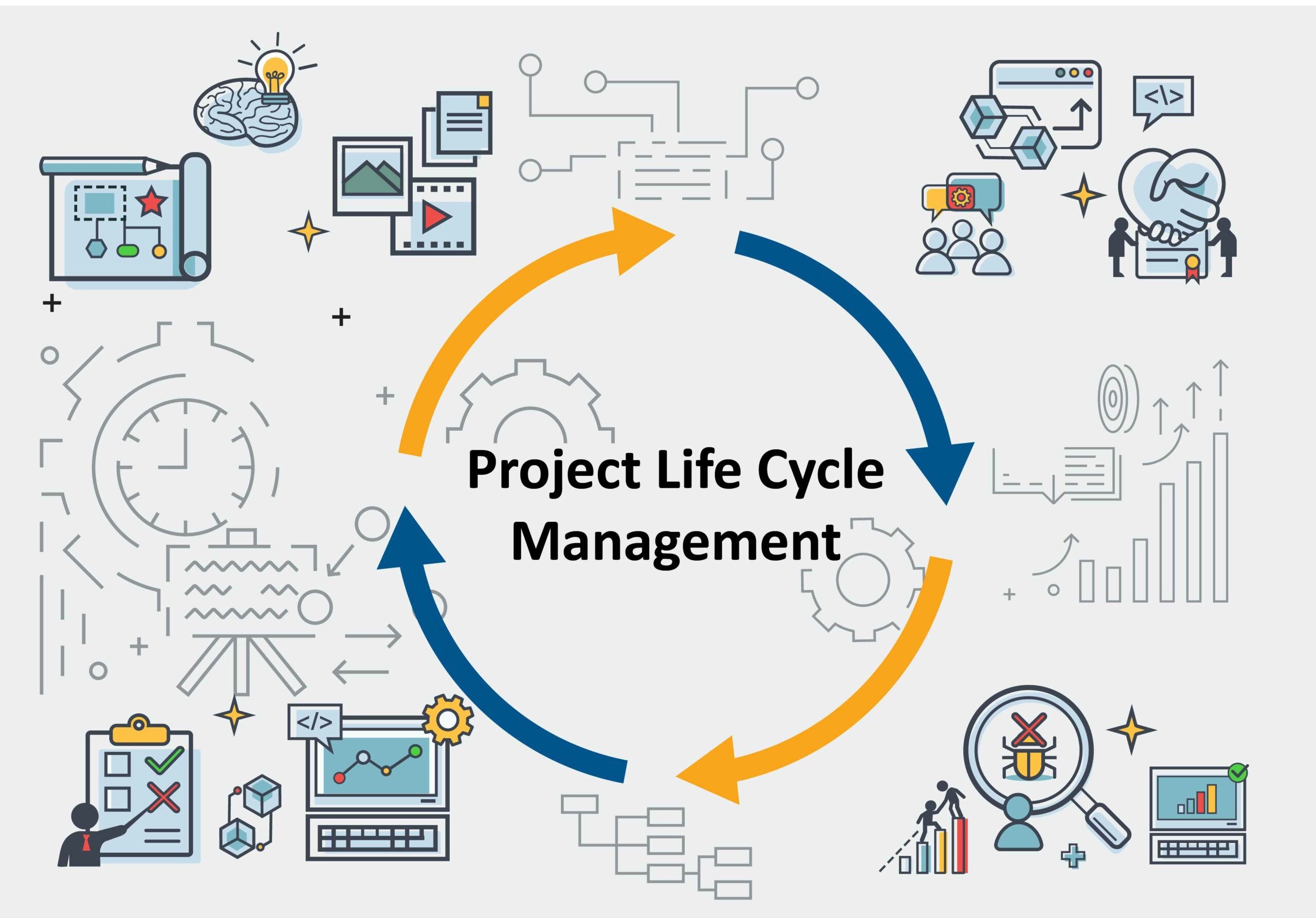Project Life Cycle Management
At the beginning of the 20th century, automobiles were expensive, complicated, hand-made machines that were unaffordable to the average American. Henry Ford didn’t invent the automobile, but he was determined to build something simple, reliable, and affordable – something the average American worker could buy. The result of this goal were two significant innovations – the Model T and the assembly line.
The original price of the Model T was $825, selling over 10,000 cars the first year. Four years later, Ford could drop the price to $575, giving his Model T 48% of the market by 1914.
Describing the assembly line, Charles Sorensen, a major contributor to the development of the process, wrote, “What was worked out at Ford was the practice of moving the work from one worker to another until it became a complete unit, then arranging the flow of these units at the right time and the right place to a moving final assembly line from which came the finished product. Regardless of earlier uses of some of these principles, the direct line of succession of mass production and its intensification into automation stems directly from what we worked out at Ford Motor Company between 1908 and 1913.”
I think the genius of the early team at Ford was recognizing that the successful, and cost effective, manufacture of an automobile was the culmination of a sequential process. Many project management best practices probably have roots in the Model T and Ford’s assembly line.
Like putting the pieces of an automobile together in an assembly line, successfully managing projects is more than just planning and executing tasks. It involves the entire project life cycle management. From idea submission to the completion of project. Although project managers might not have direct impact on every step in the process, I believe they are the crux, or keystone, upon which the success or failure of any project depends.
Project management software or methodology that only address part of the process is akin to building a nice seat or chassis, without the rest of the car. In my opinion, the following four critical steps in the project life cycle need to be addressed by any project management software process:
- Initiation
This is where we ask the question, “What do we want to do? Does it make sense to do it?” This requires request queue, a means to evaluate the merits of a potential project, along with a way to determine if there is adequate capacity to accomplish it.
- Planning
We need to ask, “How are we going to do it? Who is going to do it? How much will it cost and how long will it take?” Project managers play a big role here – creating project plans, identifying and assigning resources, and managing project expenses.
- Execution and Controlling
This is where the rubber hits the road. “Are we doing what we agreed to do? Are we doing it right?” Here’s where project managers probably spend the lion’s share of their day – managing time, costs, change, team performance, risk, issue, acceptance, and communications.
- Closure
This is where we ask, “Did we accomplish what we wanted? Can we do it better next time?” Tools and methodology should support a robust way to evaluate lessons learned, facilitate post mortem, and initiate project improvement.
I seldom think about the assembly line when I climb into my car for the drive to work each day. But, I am glad that everyone on the assembly line was there when my car went through. Does your project management process address the complete project life-cycle? Have I left anything out?




